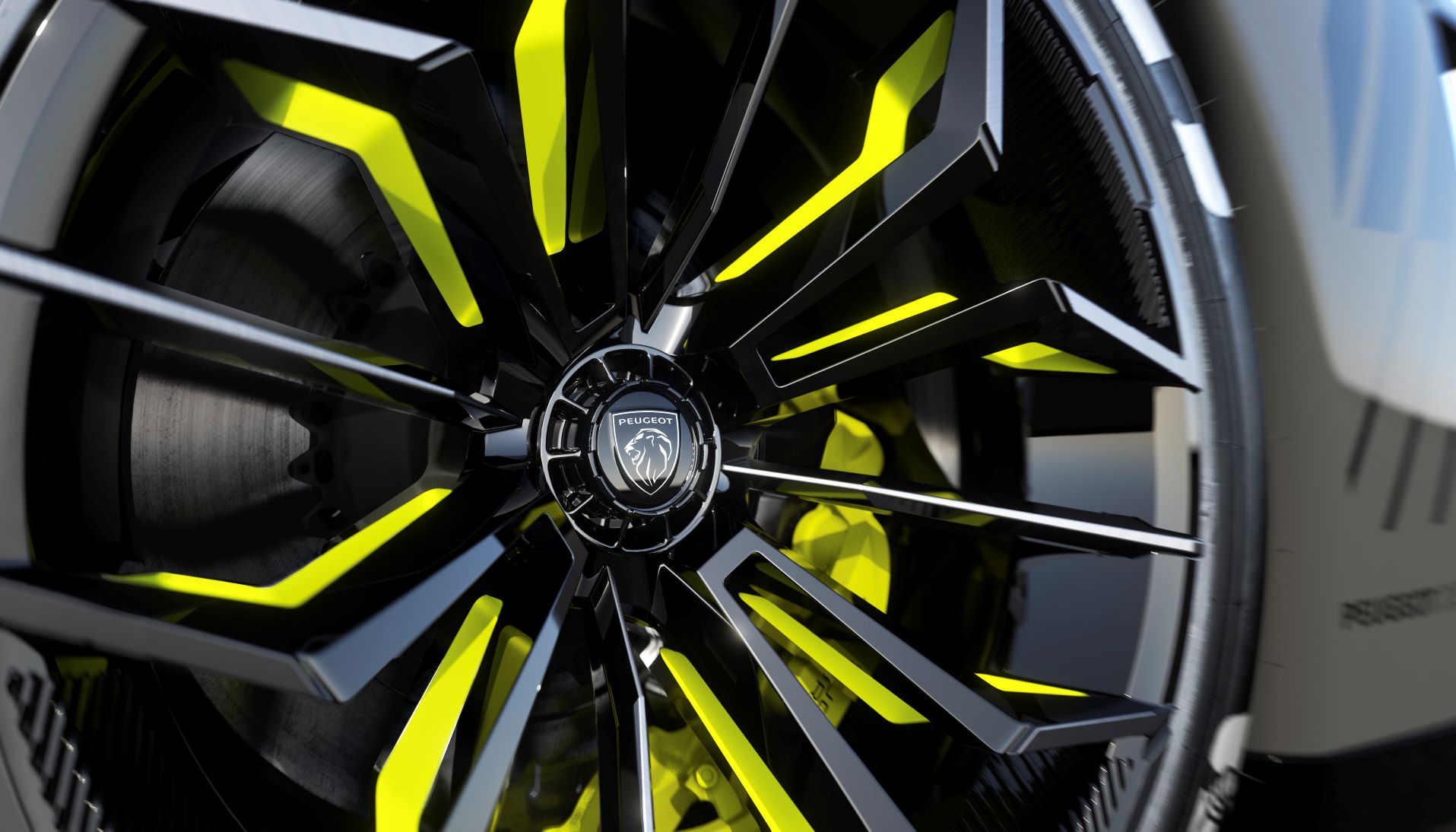New Peugeot 9X8 Hypercar – Designed to race
Peugeot has revealed details of the new 9X8, its latest-generation Hypercar which is set to make its competitive debut in the FIA World Endurance Championship (WEC) in 2022. Powered by hybrid technology and featuring all-wheel drive, the new 9X8 Hypercar showcases Peugeot’s Neo-Performance strategy which combines technology and sportiness in both Peugeot’s road and race cars. The Hypercar is a product of the latest work between Peugeot Sport and Peugeot Design, heralding a new era in racing and a new era in race car design.
The Peugeot 9X8 – the brand’s latest endurance racing contender – is a direct successor to the Peugeot 905, winner of the Le Mans 24 Hours in 1992 and 1993, and the Peugeot 908, which won the iconic race in 2009. The new prototype race car is poised to continue Peugeot’s successful history in top-level motorsport.
The 9X8 Hypercar is a brand-driven project highlighting Peugeot’s ‘Neo-Performance’ vision which is built around combining a premium sporting pedigree with styling excellence, efficiency and technological expertise that can be carried over to Peugeot’s road cars.
Peugeot’s Design and engineering teams have worked in collaboration with its racing division, Peugeot Sport, to explore new aerodynamic solutions and styling ideas to create a completely original race car. The Peugeot 9X8’s design and aerodynamics have been developed under the responsibility of Peugeot Sport Technical Director Olivier Jansonnie and the design team led by Peugeot Design Director Matthias Hossann. Greater flexibility, allowed by the sport’s new technical rules regarding aerodynamics, permits new thinking that favours the emergence of innovative cars, allowing for new creative processes and a break away from established procedures to produce a Hypercar for a completely new era.
The name of Peugeot’s new Hypercar competitor, the Peugeot 9X8, is inspired by a combination of the brand’s motorsport heritage and vision for the future. The “9” continues the series employed by Peugeot on its previous race cars, the Peugeot 905 (which raced from 1990 until 1993) and the 908 (2007 until 2011), both of which have become icons.
The “X” refers to the Peugeot Hypercar’s all-wheel drive technology and hybrid powertrain, which embodies the brand’s electrification strategy in the world of motor racing. Peugeot will provide a fully electrified variant across its passenger car and van range by 2025.
The “8” is common across all of Peugeot’s current model names, from the 208 and 2008 to the 308, 3008, 5008 and, of course, the 508. The latter has been worked on by the same engineers and designers working on the current Hypercar project, to create Peugeot’s first ever Peugeot Sport Engineered model.
Two Peugeot 9X8s will contest the 2022 FIA World Endurance Championship.
The 9X8’s front and rear lighting signatures, which take the form of three claw-like strokes, are familiar Peugeot trademarks, while the brand’s new lion’s head logo features at the front and on the sides of the car. The Selenium Grey and contrasting Kryptonite acid green/yellow highlights, featured on both the body and inside the cockpit, echo the colour scheme chosen for the new Peugeot Sport Engineered line, introduced first on the 508 and 508 SW.
The sculpted wheels contribute to the balanced lines of the car’s uncluttered, sharply-structured flanks, while the wing vents reveal the top of the tyres and the perfectly-integrated mirrors contribute to the car’s aerodynamics.
The finely-chiselled details of the Peugeot 9X8’s rear-end design includes the quip “We didn’t want a rear wing” above a wide diffuser. Rear wings were first seen at the Le Mans 24 Hours on the Chaparral 2F which contested the race in 1967, meaning this is the first time their use has been questioned in more than half-a-century. The 9X8’s innovative rear stems from research carried out by Peugeot Sport’s engineering team as they worked to ensure the model was as aerodynamic as possible, whilst maintaining an eye-catching style.










